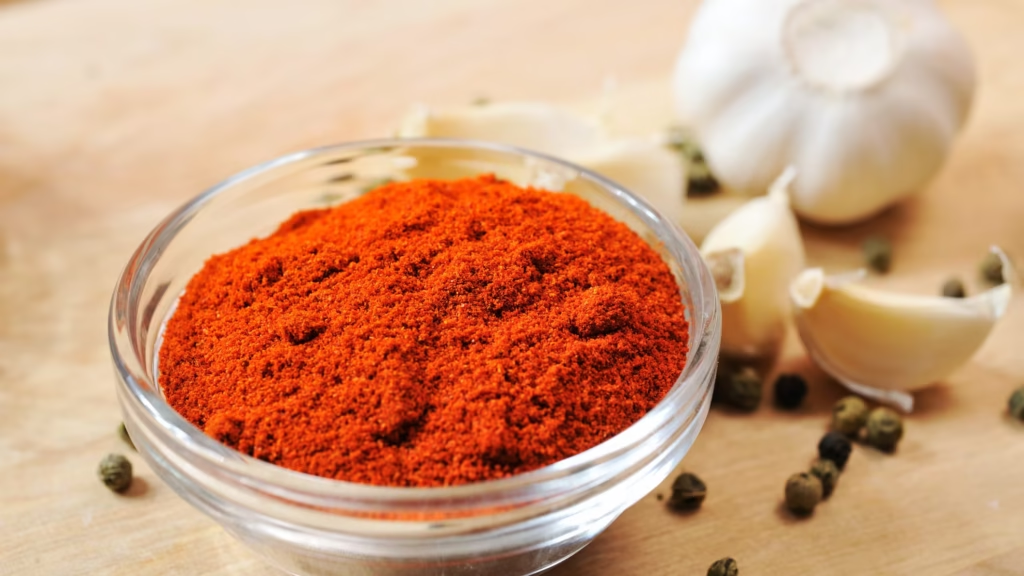You’ve seen them in every grocery store—those bright, beautiful bell peppers in red, yellow, green, and orange. Maybe you’ve even tossed one in your cart just to add a pop of color to your salad. But here’s the juicy secret: the color isn’t just for show. Each bell pepper hue is packed with different nutrients and offers unique health benefits that can seriously support your well-being. Yes, your pepper color choice might be doing more for your body than you think.
In this supercharged guide, we’ll break down what makes each bell pepper variety so special. Whether you’re aiming to boost your immune system, fight fatigue, improve skin tone, lose weight, or protect your heart, there’s a bell pepper that’s just right for your goal. And the best part? They’re easy to prepare, delicious to eat, and incredibly versatile. So if you’re looking for ways to upgrade your diet without making it complicated—this one’s for you.

Table of Contents
Yellow Bell Peppers: The Heart’s Natural Ally
Yellow bell peppers shine not just for their bright, sunny color, but for their heart-friendly compounds. One standout nutrient is pyrazine, a plant-based compound known to help inhibit platelet aggregation. That means better blood flow and lower risk of clot-related conditions like hypertension, stroke, and heart attacks—all major health concerns in the U.S., especially among adults over 40.
They’re also rich in flavonoids, which help strengthen blood vessel walls, reduce inflammation, and improve endothelial function. These compounds act as vascular bodyguards, keeping your arteries elastic and resilient.
Plus, yellow peppers may help regulate circadian rhythm and reduce stress thanks to their vitamin and antioxidant content—making them ideal for people with high stress jobs or irregular sleep patterns.

Red Bell Peppers: Immunity and Antioxidant Powerhouse
Red bell peppers are nutritional overachievers. They’re loaded with beta-carotene and lycopene, two potent antioxidants that help protect your cells from oxidative damage. Lycopene, the same compound found in tomatoes, has been linked to reduced risks of certain cancers and heart disease.
What sets red peppers apart even more is their vitamin C content—over twice as much as green peppers! That means more support for your immune system, faster wound healing, and stronger collagen production, which keeps skin firm and smooth.
They’re also high in calcium and phosphorus, important for bone health. Whether you’re a growing teen or an aging adult, red peppers offer the kind of nutritional profile that supports your immune system, skin, and skeleton.
Green Bell Peppers: Iron-Rich and Waistline-Friendly
Green bell peppers may be underripe versions of their red counterparts, but don’t underestimate them. They’re packed with iron, which is crucial for preventing anemia—especially important for menstruating women, vegetarians, and anyone prone to fatigue.
They’re also impressively low in calories (about 15 kcal per 100g) and high in dietary fiber, making them perfect for weight management. The fiber aids digestion, promotes fullness, and helps maintain stable blood sugar levels.
Though often confused with green chili peppers or less-sweet varieties like poblano, green bell peppers have a crisp, slightly sweet flavor that works beautifully in salads, stir-fries, or even raw with hummus.

Orange Bell Peppers: Your Skin’s Best Friend
Orange bell peppers combine the best of both red and yellow varieties. They are a skin-lover’s dream, packed with vitamin C for collagen synthesis and beta-carotene to help convert into vitamin A. These nutrients play a key role in maintaining healthy skin, reducing inflammation, and protecting against UV damage.
Emerging research also suggests that the antioxidants in orange peppers may help manage chronic skin conditions like eczema and acne. They may not replace your dermatologist, but they can certainly support your skin from the inside out.
Their sweet flavor and bright color make them a great choice for kids, picky eaters, and anyone trying to boost their veggie intake without compromising taste.
How to Pick the Freshest Bell Peppers
When choosing bell peppers, start by checking the stem. A fresh, green, firm stem indicates the pepper is recently harvested. The skin should be glossy, firm to the touch, and free of wrinkles or soft spots.
The color should be vibrant and consistent. Misshapen or overly plump peppers might look quirky, but often signal overripeness or poor handling during storage. Go for firm, symmetrical, brightly colored peppers whenever possible.

Dr. Coucou Vitamin💊

So here’s the lowdown, friend—don’t underestimate those colorful bell peppers next time you’re meal prepping. Each shade offers a different set of superpowers, whether it’s immunity, iron, or skin glow. Mix them up, sauté them in olive oil for better vitamin absorption, or snack on them raw to preserve that vitamin C. Just one a day can be a vibrant and tasty way to sneak serious nutrition into your diet. Nature’s multivitamin? We’d say yes!



